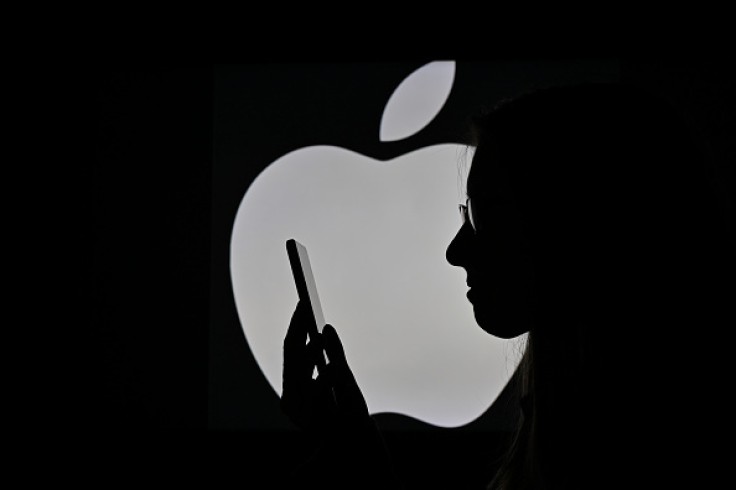An old Apple service will soon be going to greener pastures.
The Cupertino-based tech giant recently quietly announced it is shutting down its My Photo Stream service in late July as its new iCloud Photo Library service made it obsolete and redundant over time, allegedly.
The Apple service helped Apple device users for a long time before iCloud became what it is now.

Apple My Photo Stream Shut Down Details
Apple mentioned on one of its support pages that it is shutting down its My Photo Stream service on July 26 and that new photo uploads to it will stop a month before to prevent people from adding more photos from what they should be transferred to iCloud instead.
While Apple didn't mention why it is retiring its My Photo Stream service, it seems that the service it renders is now obsolete thanks to the popularity and capability of iCloud Photo Library, which it released eight years ago.
For context, Apple released My Photo Stream in 2011 alongside iCloud, per Techlusive. Its requirements also reveal its age, with it requiring that an iOS device must have iOS 5.1 or later for it to support My Photo Stream.
Additionally, any photos uploaded to the service before June 26 will remain in iCloud for 30 days from the date of upload and will be available to any of your devices where My Photo Stream is currently enabled. However, any photos that remain on the service will be permanently gone by July 26.
Thankfully, the photos in a user's My Photo Stream are already stored on at least one of their devices, and as such, they won't lose any photos as part of the service's retirement process as long as they have the device with their original photos.
Apple advises that users make sure they save them to their library on their preferred device if a photo they want isn't already in their library.
Apple My Photo Stream Obsolescence
My Photo Stream can let users access recent photos iOS users took with their iPhone, iPad, or iPod touch, or that you uploaded from your Mac or PC and serve as a free method of syncing photos between these devices.
However, the number of restrictions Apple added to the service, such as the limited number of photos users can upload, makes it unpopular to the masses. Furthermore, it could only save the photos users took on Apple's servers for 30 days; people have to manually save their photos from the cloud if they wanted to keep them on a secondary device, per The Verge.
Unfortunately, high-quality photos saved through the service won't be synced in their original resolution, preventing anyone from transferring their high-quality photos with the service.
By contrast, iCloud's free 5GB storage may be limited, but it allows photos and videos to be saved in their original full resolution, acting like a modern cloud storage device in the process.
Related Article : First iPhone 16 Leak Reveals Larger Display









